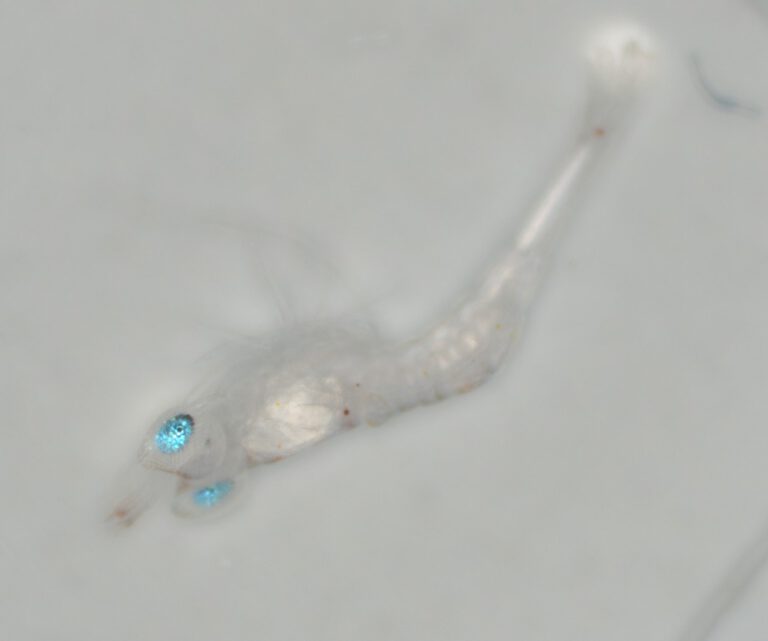Revealing the Wonders of Nature's Camouflage: Dr. Derya Akkaynak's Breakthrough Study on Crustacean Larvae Eyeshine in Science Magazine"
We are proud to share the first paper that was published on Science magazine with the Hatter Department of Marine Technologies affiliation by Dr. Derya Akkaynak (in collaboration with Ben Palmer from Ben Gurion University), on the shiny reflector that hides the eyes of crustacean larvae in open water.
The larvae of many ocean animals are transparent so they can hide from predators, but their eye pigments are dark, and that creates a contrast that could break their camouflage. As a trade-off between the need to see and the need to be unseen, some larval decapod crustaceans use a shiny reflector that covers the dark eye pigments. Termed “eyeshine”, this is a device that is made of tunable photonic glass (crystalline isoxanthopterin nanospheres) with a reflectance that when it reflects light, it appears matched to the color of the surrounding water. While the camouflaging function of eyeshine device was previously demonstrated, in this new paper, Shavit et al show the tunable nature of the nanospheres, and how their size and ordering result in differently colored eyeshine, giving the larvae the ability to blend in different habitats.




